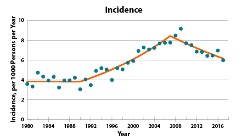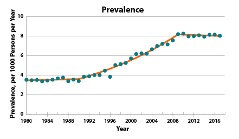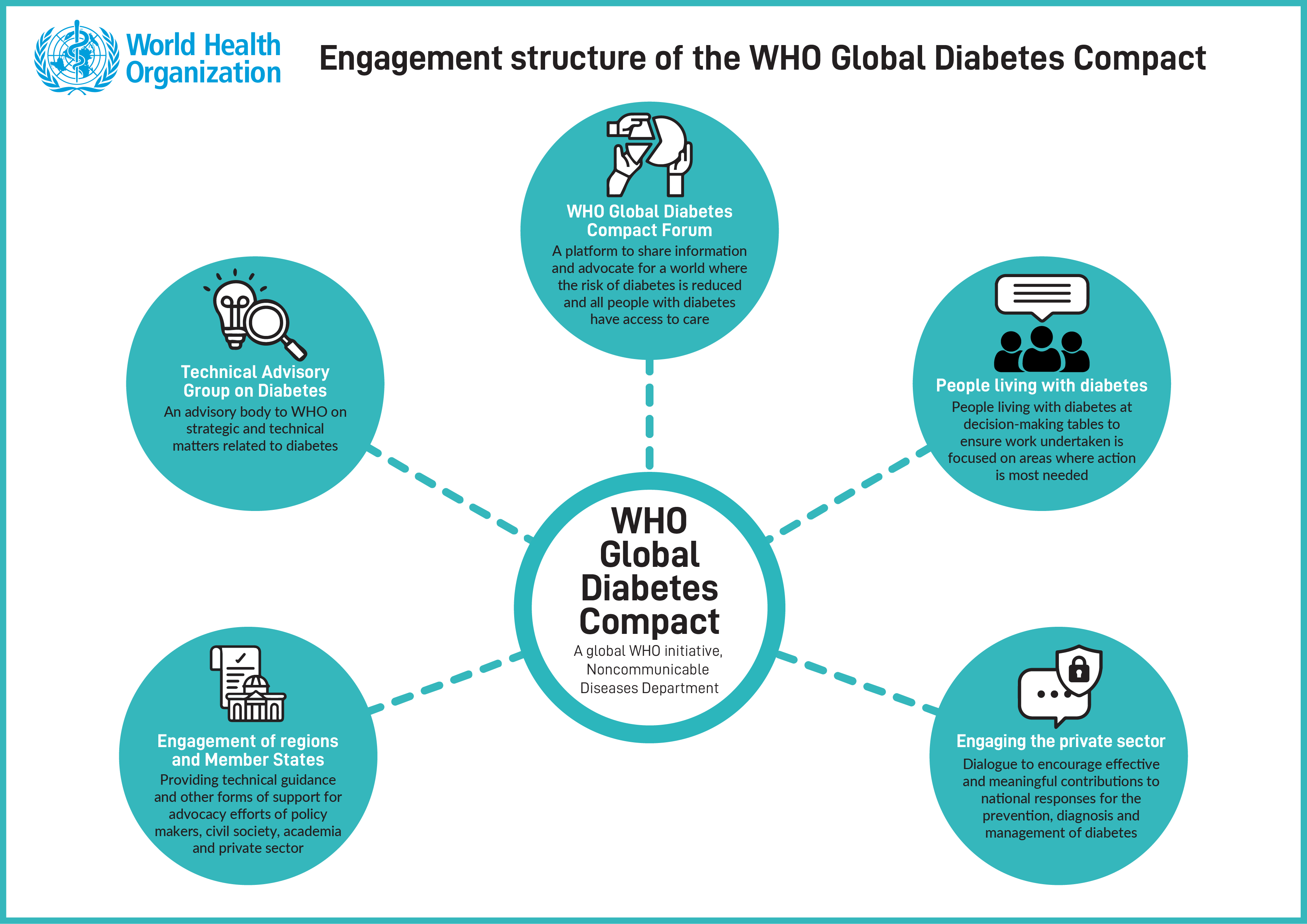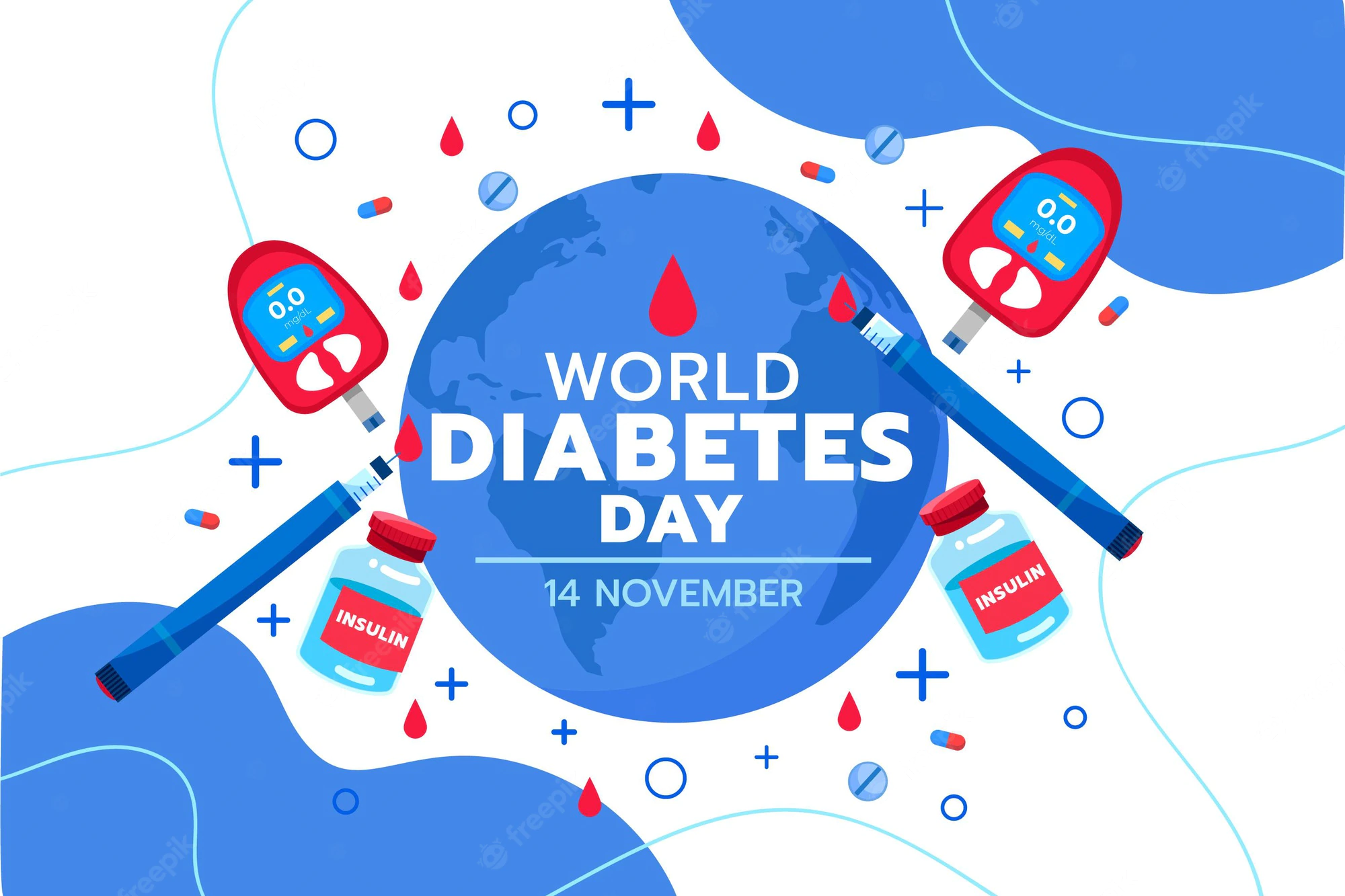By Charalampos Karouzos,
The term “Diabetes Mellitus” originates from two languages of the ancient world. Diabetes is from the Greek verb “διαβαίνω” meaning to siphon – to pass through, as patients with diabetes pass through a lot of urine. Mellitus on the other hand, originates from Latin, meaning honey as the urine of patients contains a lot of sweet sugars. It was known in the 17th century as the “pissing evil”.


Diabetes is characterized by improper maintenance of the correct glucose levels in the blood and it is part of the family of diseases that alters normal homeostasis of a substance at the level of the bloodstream. Symptoms in the patients arise due to the very increased levels of glucose in the blood, and the lack of the necessary amount of glucose inside cells.
To further elaborate, diabetes occurs as the body is unable to manage energy obtained from food and deliver it to the cells in need. This malfunction exists due to the lack of proper action of a hormone named insulin, discovered by Banting and laboratory director MacLeod who received the Nobel Prize in Physiology or Medicine in 1923 for its discovery. The physiological role of insulin is to signal to the body that energy is present in the bloodstream in the form of simple sugar glucose, and cells must utilize the available energy, rather than other stored energy sources. High levels of insulin signal cells to express more than the usual amount of glucose receptors to receive glucose from the blood. However, if this complicated mechanism is disrupted, diabetes can occur.
Diabetes can be subdivided into different types, with type 1 and type 2 being the most common and well-known to the public, however other types also exist.
Primarily, Type 1 Diabetes (T1D), previously named juvenile diabetes, represents a minority of the total diabetes cases worldwide, around 5%. Type 1 Diabetes is due to an autoimmune condition damaging the cells of the pancreas that produce insulin. To explain, in an autoimmune condition the immune system of the individual falsely recognizes self-tissues, in this case, the insulin-producing cells, as a foreign threat, and thus initiates the process of their destruction. As a result, patients will be lacking insulin, and glucose obtained from food cannot finally enter the cells that need it. So, cells will have to rely on the limited stored energy (fats, proteins) to perform basic tasks. At the same time, tissues such as the brain and neurons lack the necessary machinery (enzymes) to use other energy pathways than glucose usage. To prevent the death of these crucial tissues, the liver produces substances named ketones, that upon reaching the brain can be converted to energy allowing cell survival. However, ketones are toxic to the body, and a very increased level of ketones can lead to death (Diabetic ketoacidosis)
Type 2 Diabetes (T2D), previously called adult-onset diabetes, represents 95% of diabetes cases and contrary to T1D is not primarily linked to decreased insulin production. The major issue with Type 2 diabetics is that the life-long overexpression of insulin has made cells irresponsive to insulin and thus glucose accumulates in the blood. At the beginning of the condition, the pancreas can compensate by producing more glucose, however, after a certain point, no more insulin can be produced. In fact, the elevated concentration of glucose in the blood becomes toxic for insulin-producing cells, causing their destruction (glucotoxicity), and decreasing the amount of insulin that can be produced. As it can be observed, once the disease occurs it forms a vicious cycle of impaired energy management. The major initiator of this condition is excessive insulin production throughout the individual’s life, due to frequent very high-calorie meals and it is clearly linked with obesity.

Another type of diabetes is gestational diabetes which develops during pregnancy due to the body’s inability to produce enough insulin during slight insulin resistance, however, it is not always symptomatic. Very increased levels of glucose can be dangerous for women during delivery and are linked with increased T2D in the future.
The goal of completely halting the accelerated number of cases of diabetes has been set for the year 2025, approaching rapidly. It may be an over-optimistic goal, but the underlying issue remains the same. Diabetes type 2 can be prevented and treated. Prevention demands a well-balanced healthy diet, regular physical exercise, maintenance of normal body weight, and avoiding tobacco usage. Treatment, pioneered by the discovery and artificial biosynthesis of insulin, can be pharmacological with modern drugs having a greater effect on the patient’s life. However, the primary burden to finally overcome the constant rise in the number of cases lies in the lack of available knowledge and treatment where it is needed. People must be aware of the risks and perform some changes in their everyday life, and at the same time access to financially accessible treatment should be the norm. Maybe we will not reach the goal in 3 years, but making significant changes forward will bring us closer to a better future.
References
- Diabetes. cdc.gov. Available here
- The WHO Global Diabetes Compact. who.int. Available here
- What is diabetes? niddk.nih.gov. Available here




